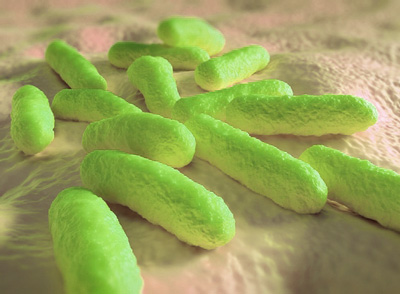Study looks at salmonella survival in filled cookies
- Like
- Digg
- Del
- Tumblr
- VKontakte
- Buffer
- Love This
- Odnoklassniki
- Meneame
- Blogger
- Amazon
- Yahoo Mail
- Gmail
- AOL
- Newsvine
- HackerNews
- Evernote
- MySpace
- Mail.ru
- Viadeo
- Line
- Comments
- Yummly
- SMS
- Viber
- Telegram
- Subscribe
- Skype
- Facebook Messenger
- Kakao
- LiveJournal
- Yammer
- Edgar
- Fintel
- Mix
- Instapaper
- Copy Link
Posted: 23 December 2015 | Victoria White | 1 comment
In a recent study prompted by an increased number of outbreaks in the US of foodborne diseases linked to dry foods, pathogens, like salmonella, were found to survive for at least six months in biscuits, cookies and crackers…


In a recent study prompted by an increased number of outbreaks in the US of foodborne diseases linked to dry foods, pathogens, like salmonella, were found to survive for at least six months in biscuits, cookies and crackers.


Larry Beuchat, a Distinguished Professor Emeritus and researcher at the Centre for Food Safety at the University of Georgia (UGA) College of Agricultural and Environmental Sciences, led the study to see just how long bacteria that cause foodborne illness can survive in certain foods.
“There have been an increased number of outbreaks of diseases associated with consumption of contaminated dry foods. We wouldn’t expect salmonella to grow in foods that have a very dry environment,” said Beuchat.
Beuchat and David Mann, a research professional in the centre, found that not only can harmful bacteria survive in dry foods but they can also live for long periods of time.
For the recent study, researchers used five different serotypes of salmonella that had been isolated from foods involved in previous foodborne outbreaks. “Isolates were from foods with very low moisture content,” Beuchat said.
Salmonella was able to survive for at least six month in some cases
Focusing on filled biscuits, cookies and crackers, the researchers put the salmonella into four types of common fillings and placed them into storage. The researchers used cheese, peanut butter, vanilla and chocolate filled products. After storing the filled products, the UGA scientists determined how long salmonella was able to survive. There was survival in all types Beuchat said. In some cases, the pathogen was able to survive for at least to six months.
As Beuchat and other UGA researchers learn about salmonella and other foodborne pathogens, they are “becoming aware that they can survive for unusual lengths of time in dry foods”. The ability of pathogens to survive in some remarkable settings has researchers considering the next steps for preventing contamination and outbreaks they may cause.
“The next steps would be to test all ingredients that are used in these foods,” Beuchat said. If there is a possibility that foodborne pathogens are present in specific ingredients, then the next step would be to stop the use of those ingredients.








The common link of these filled products might be the water in oil emulsion, cheese, peanut butter, chocolate, the water phase enabling the survival of the Salmonella.